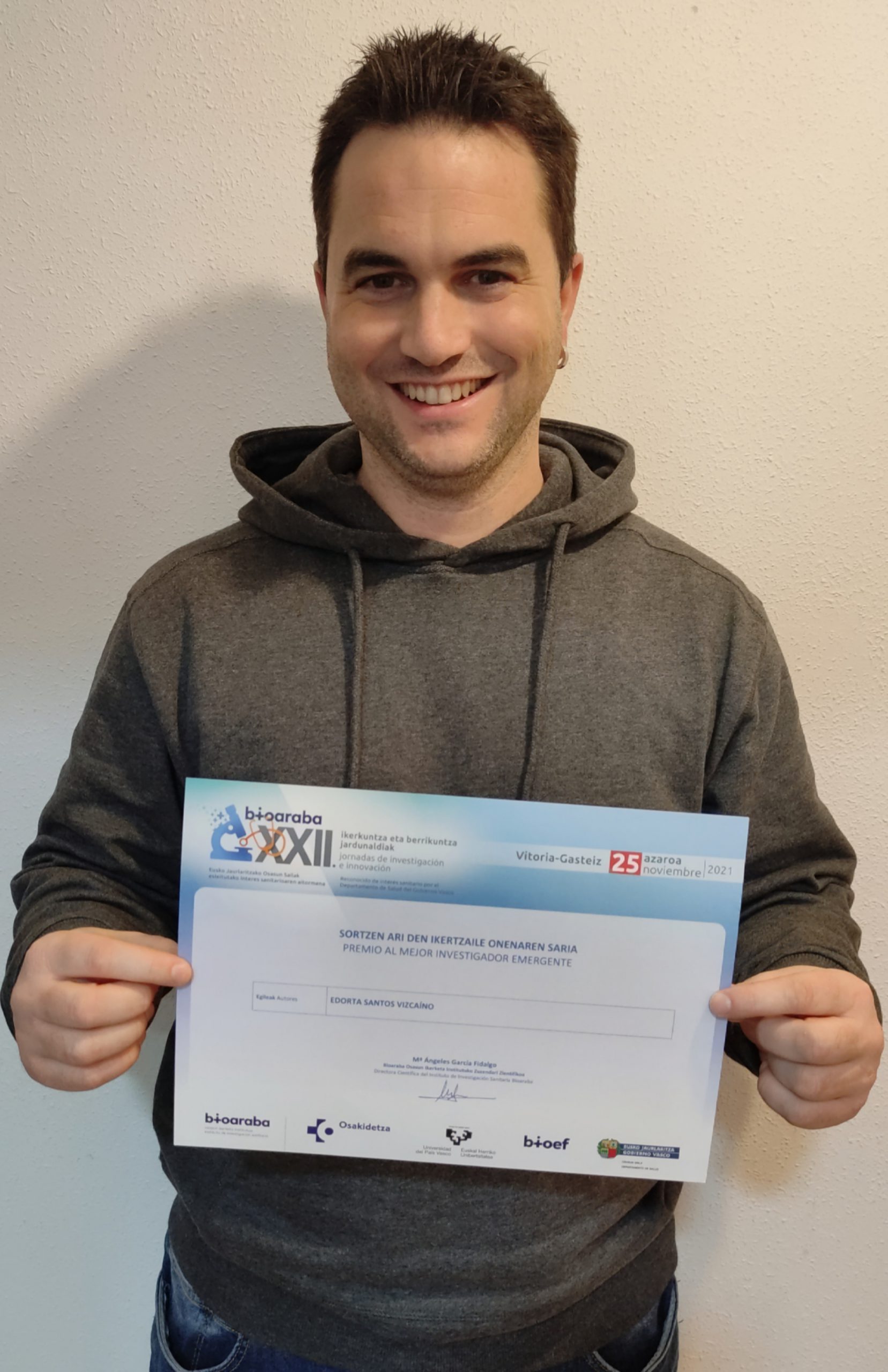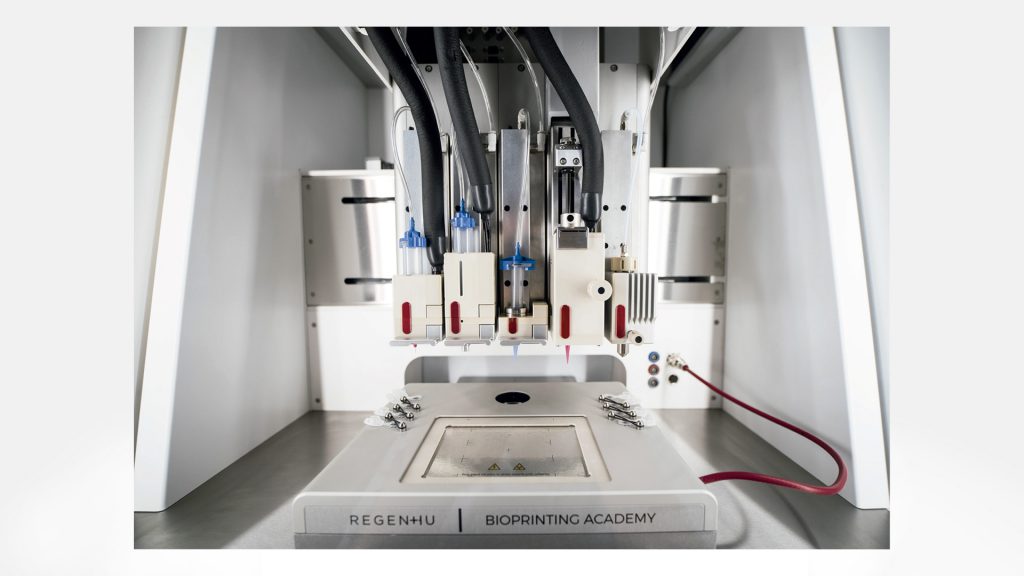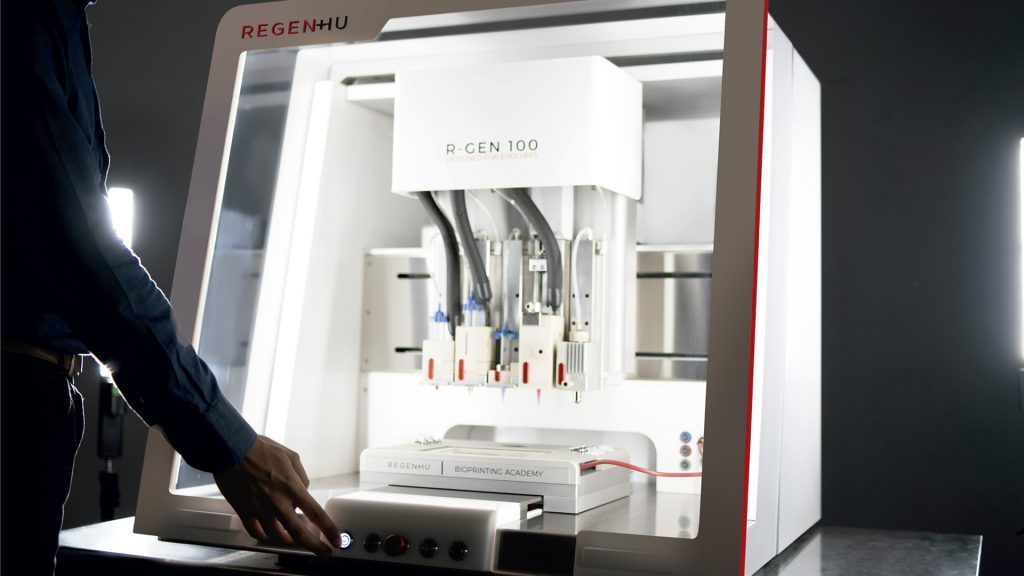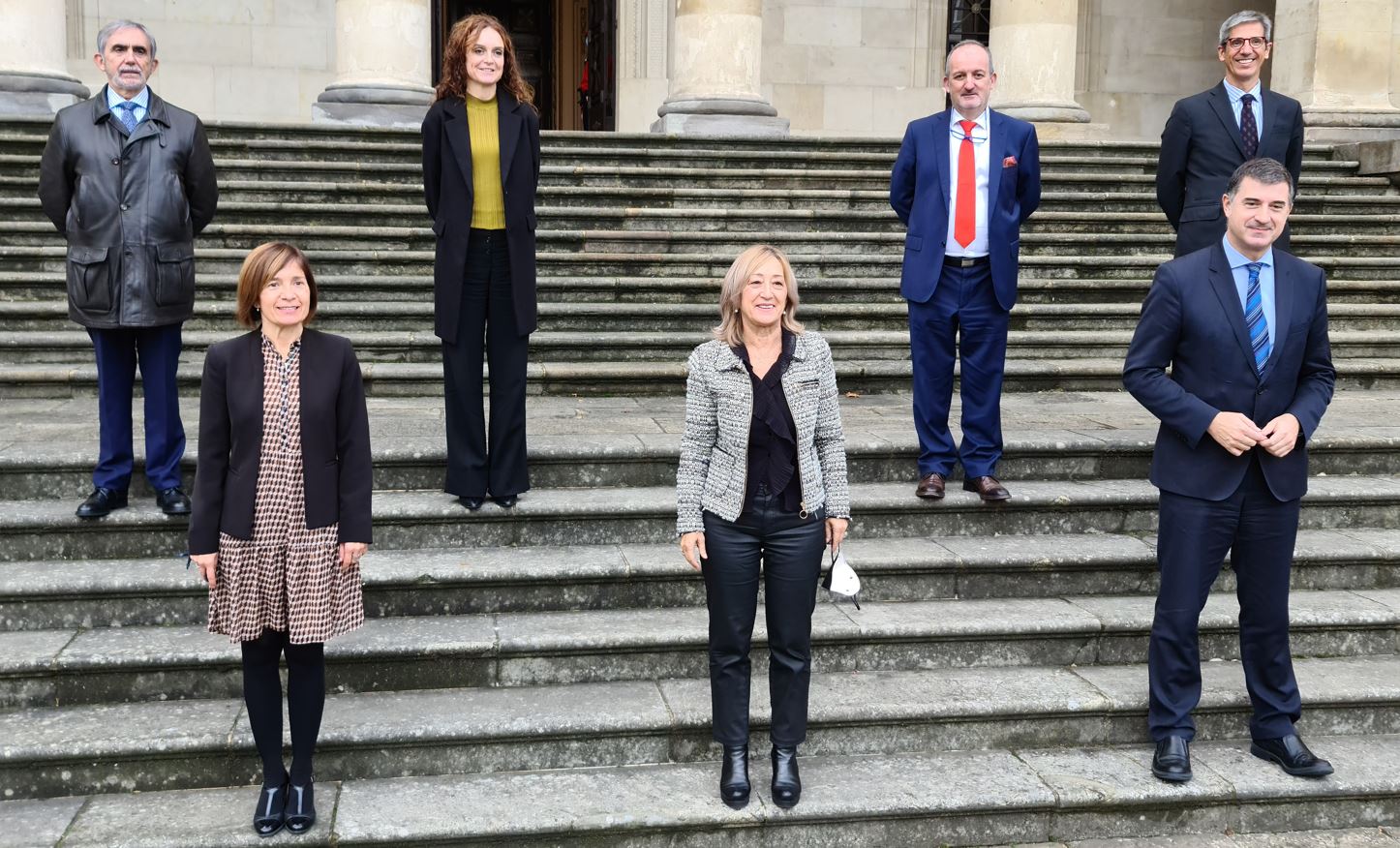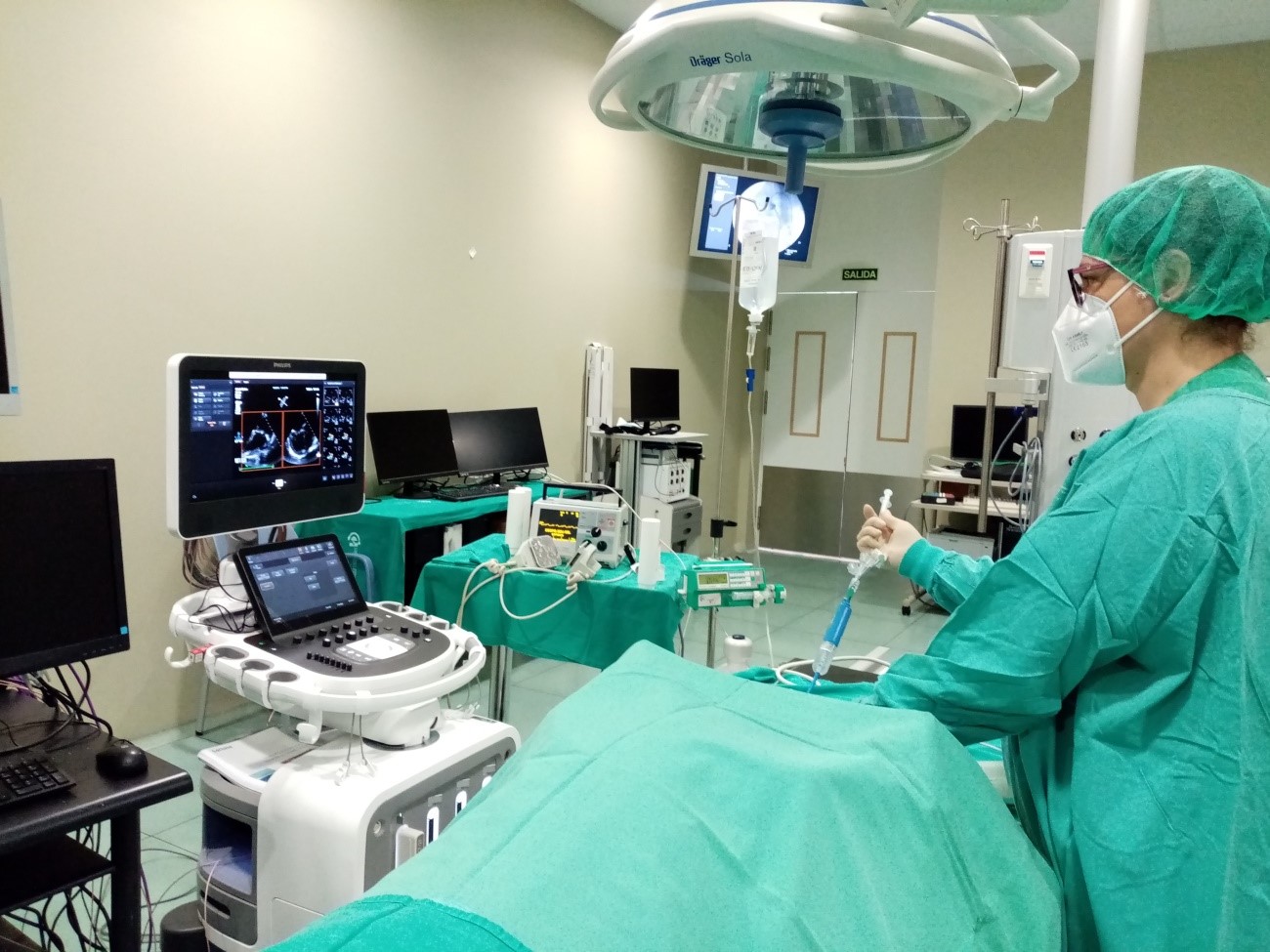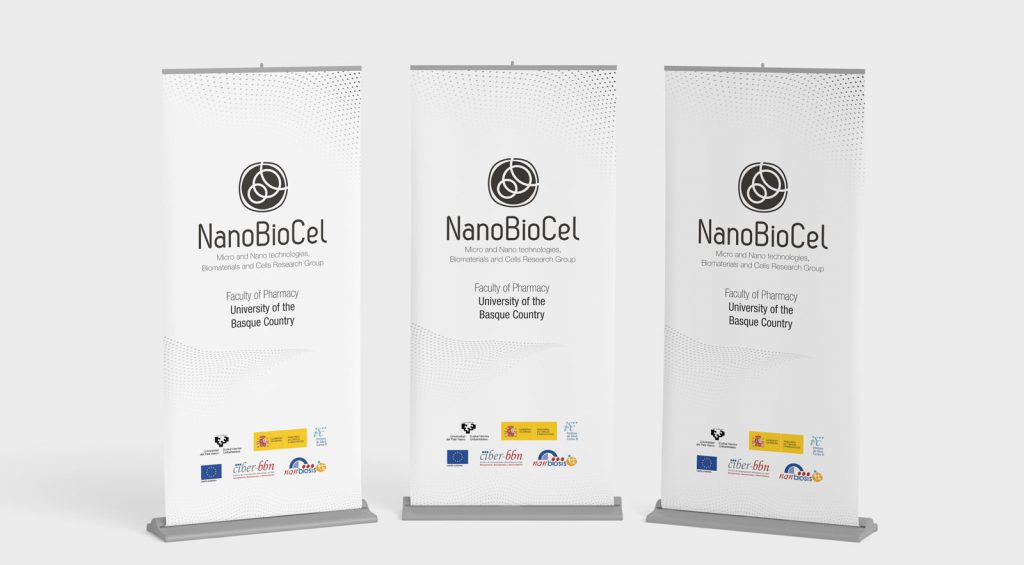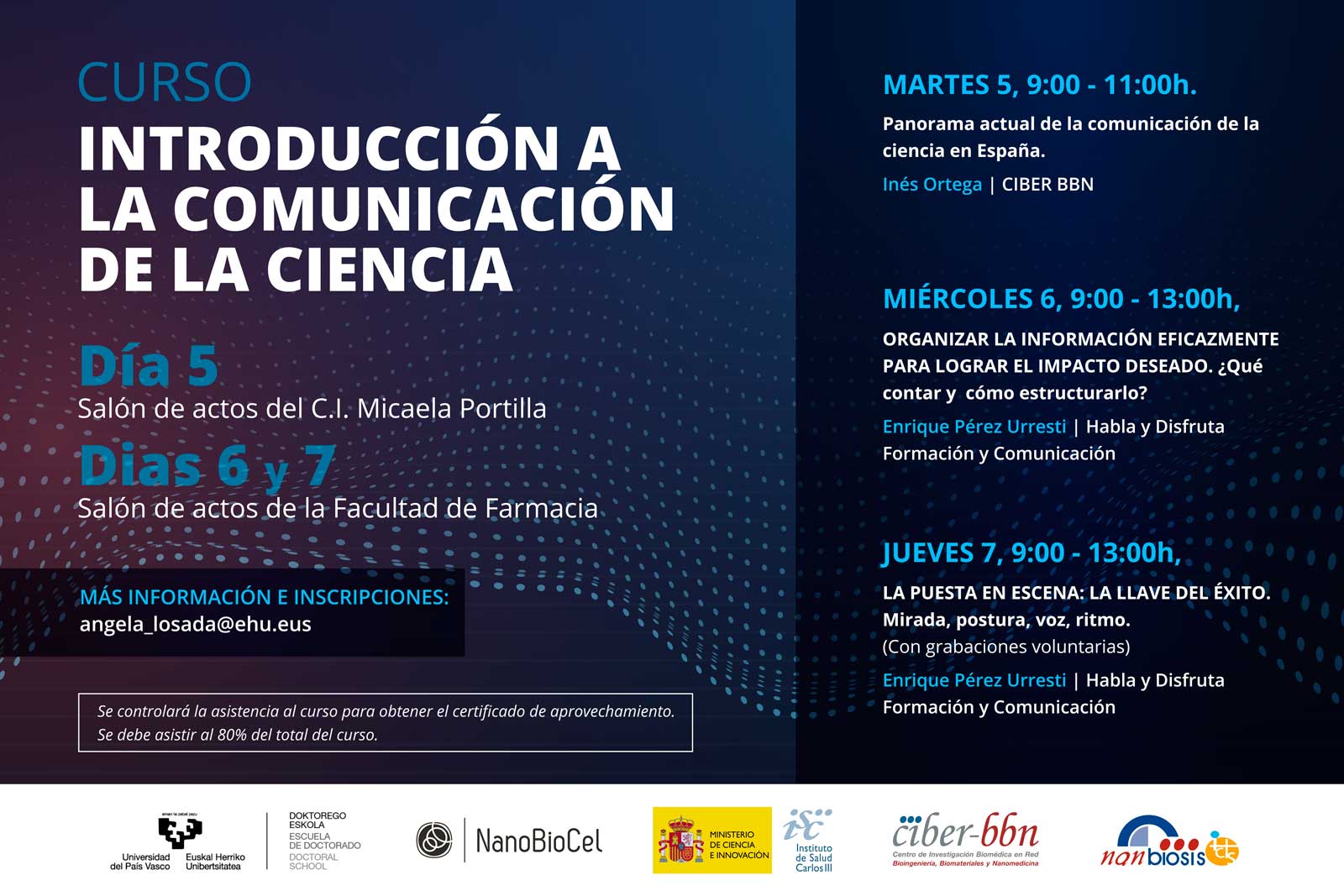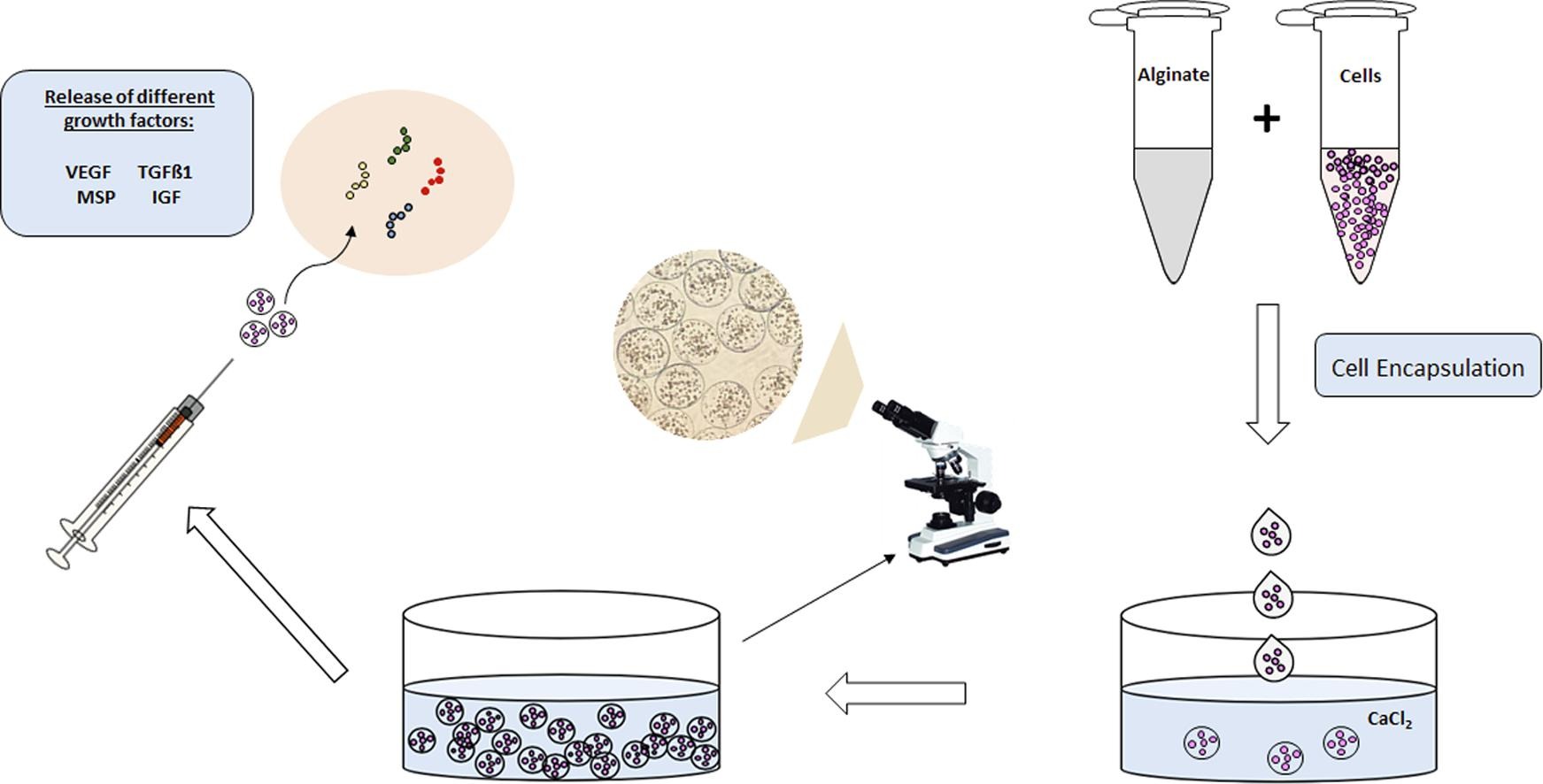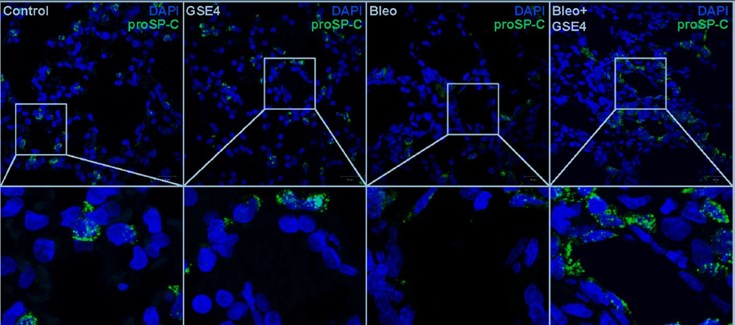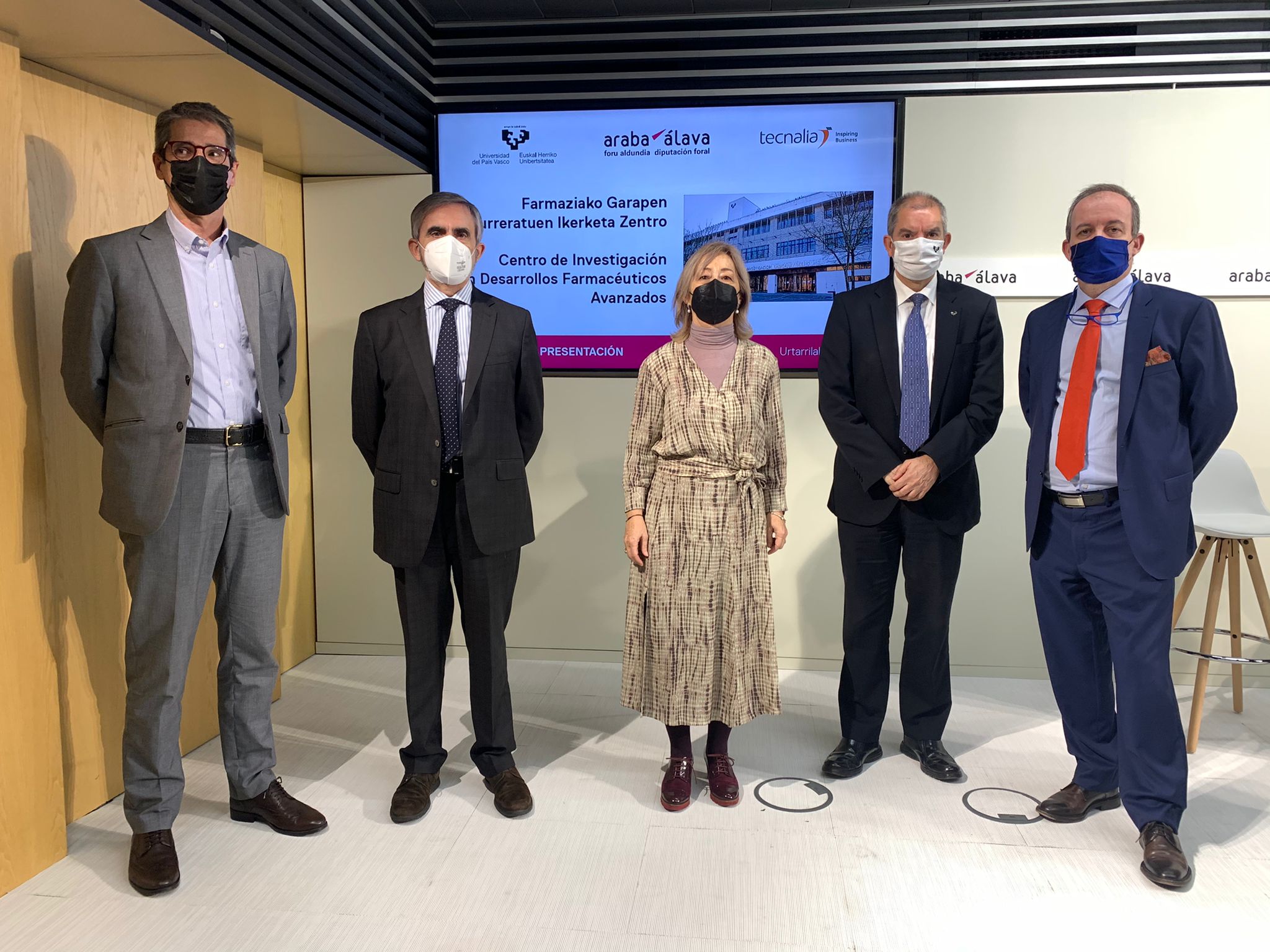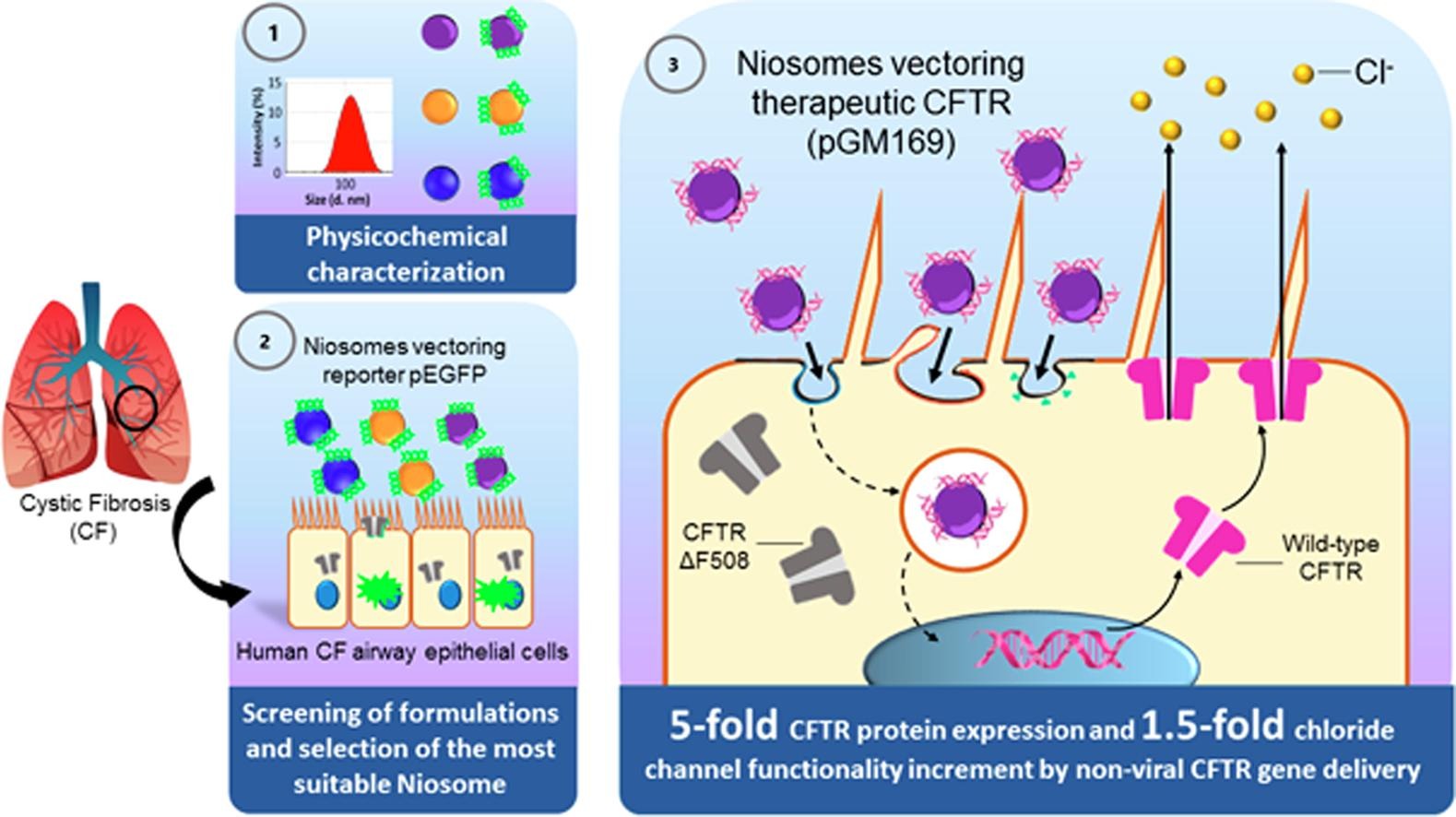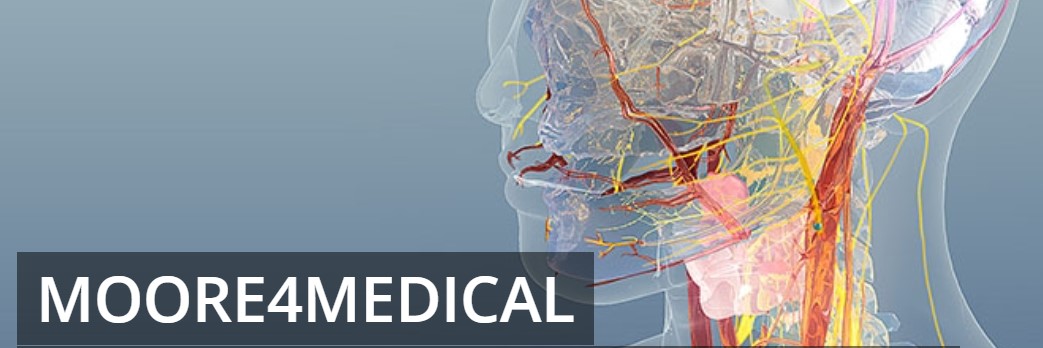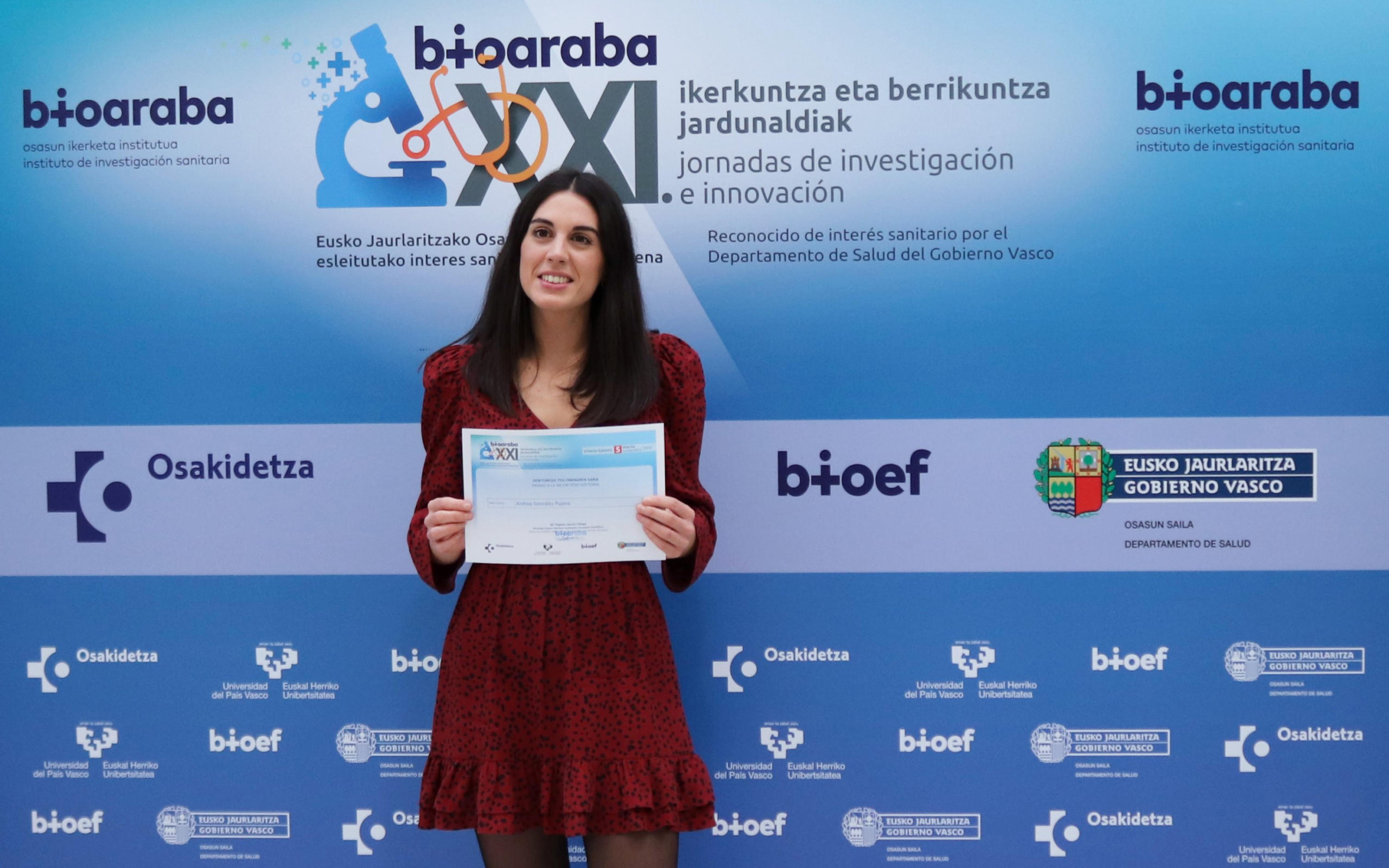Best Emergeging Researcher Award in the Biomedical Area to Edorta Santos
Edorta Santos Vizcaíno has been awarded as Best Emerging Researcher in the biomedical area by the Bioaraba Health Research Institute in the XXII edition of the Research and Innovation Conference.
This award aims to recognize the work of researchers under the age of 40 who carry out their research activity in any public center of the Araba Health Network (OSI ARABA UNIVERSITY HOSPITAL / BIOARABA). The main award´’s criteria are the quality of the research carried out, active participation in public and private research projects, fidelity to the line of biomedical research and the usefulness and interest of the research developed for the environment are valued. The award also carries a financial endowment destined to continue promoting the research career of the awarded person.
Edorta Santos Vizcaíno (NANBIOSIS Unit 10 “Drug Formulation”) has a degree in Biochemistry and a doctorate in Pharmacy, with an international mention and an extraordinary award, from the UPV / EHU. He has been part of the research group NanoBioCel of the UPV / EHU, Consolidated Group of Excellence of the Basque university system, since 2006. In the same way, he is a member of the Center for Biomedical Research in Network for Bioengineering, Biomaterials and Nanomedicine (CIBER-BBN), a consortium dependent on the Carlos III Health Institute through the Ministry of Science and Innovation, and the Bioaraba Health Research Institute. Edorta has extensive experience in cell therapy and drug delivery systems. During the last years, his research has focused on the biomedical application of different biomaterials (for example, alginate, gelatin, collagen), mesenchymal stem cells (MSC) and their secretome (extracellular vesicles and soluble factors), in order to exert a immunomodulatory and regenerative effect in the treatment of immune-mediated inflammatory diseases (for example, inflammatory bowel disease, IBD) and the regeneration of chronic wounds, among other applications.
Bioaraba‘s mission is to develop research and innovation of excellence and quality that allows the translation of its results aimed at solving the health problems of the population, also promoting scientific research and for this, it annually carries out the Research and Innovation Conference.
